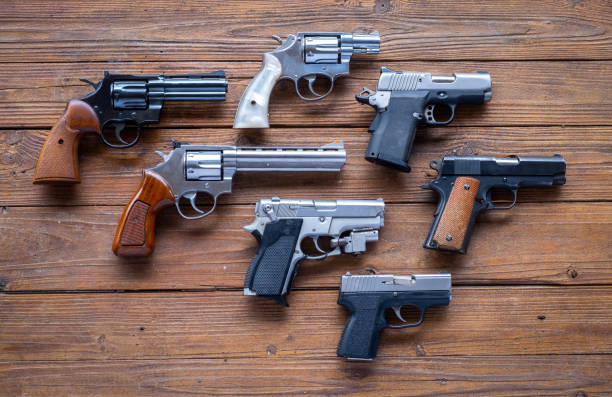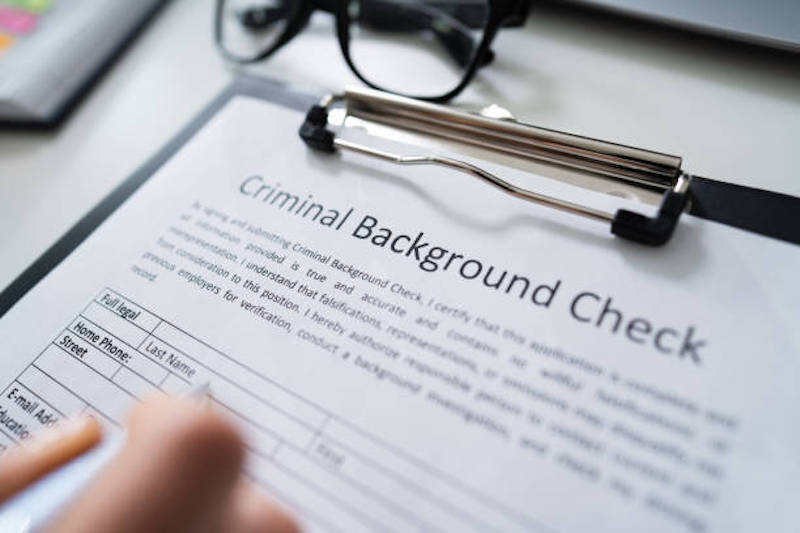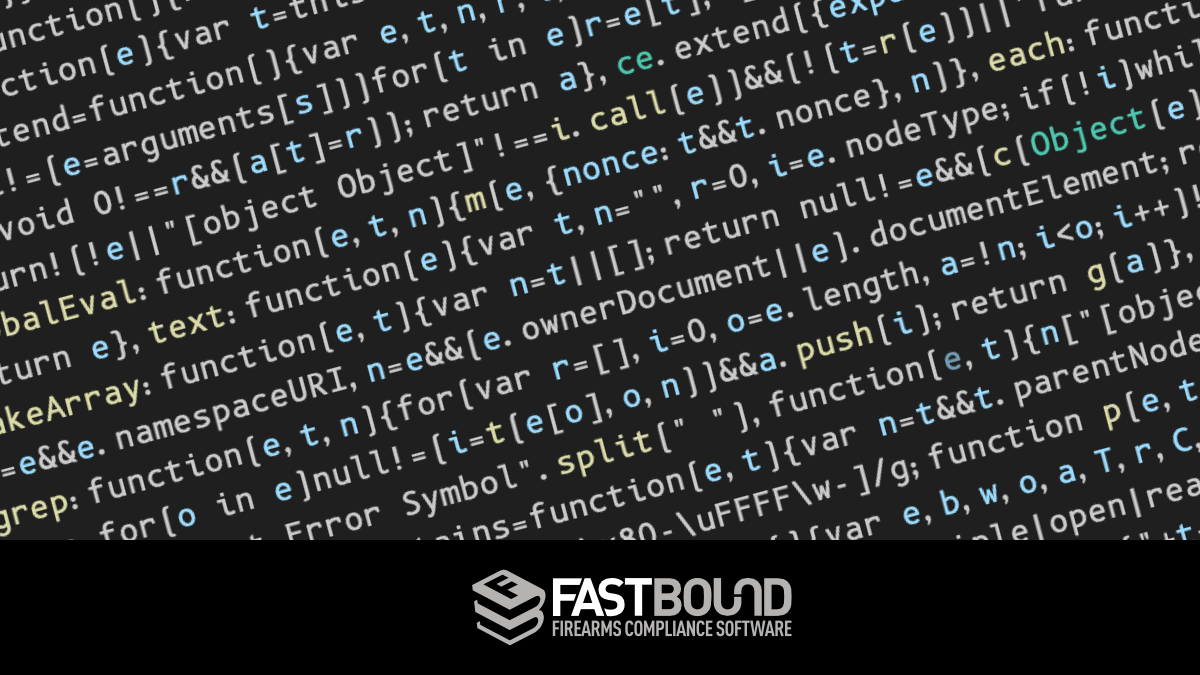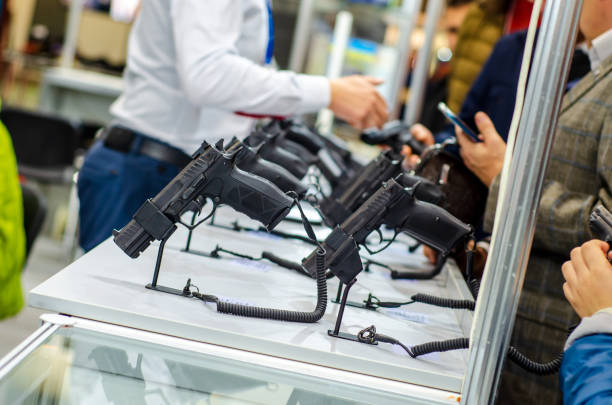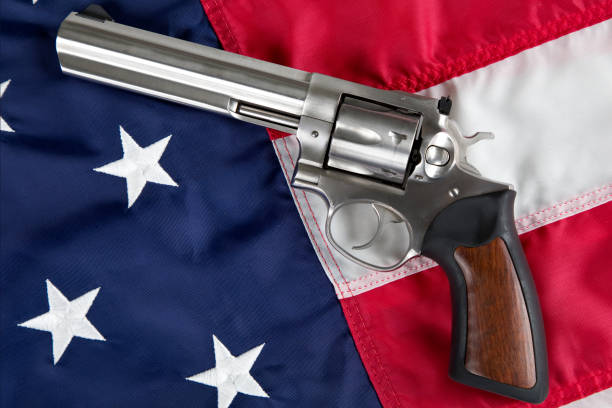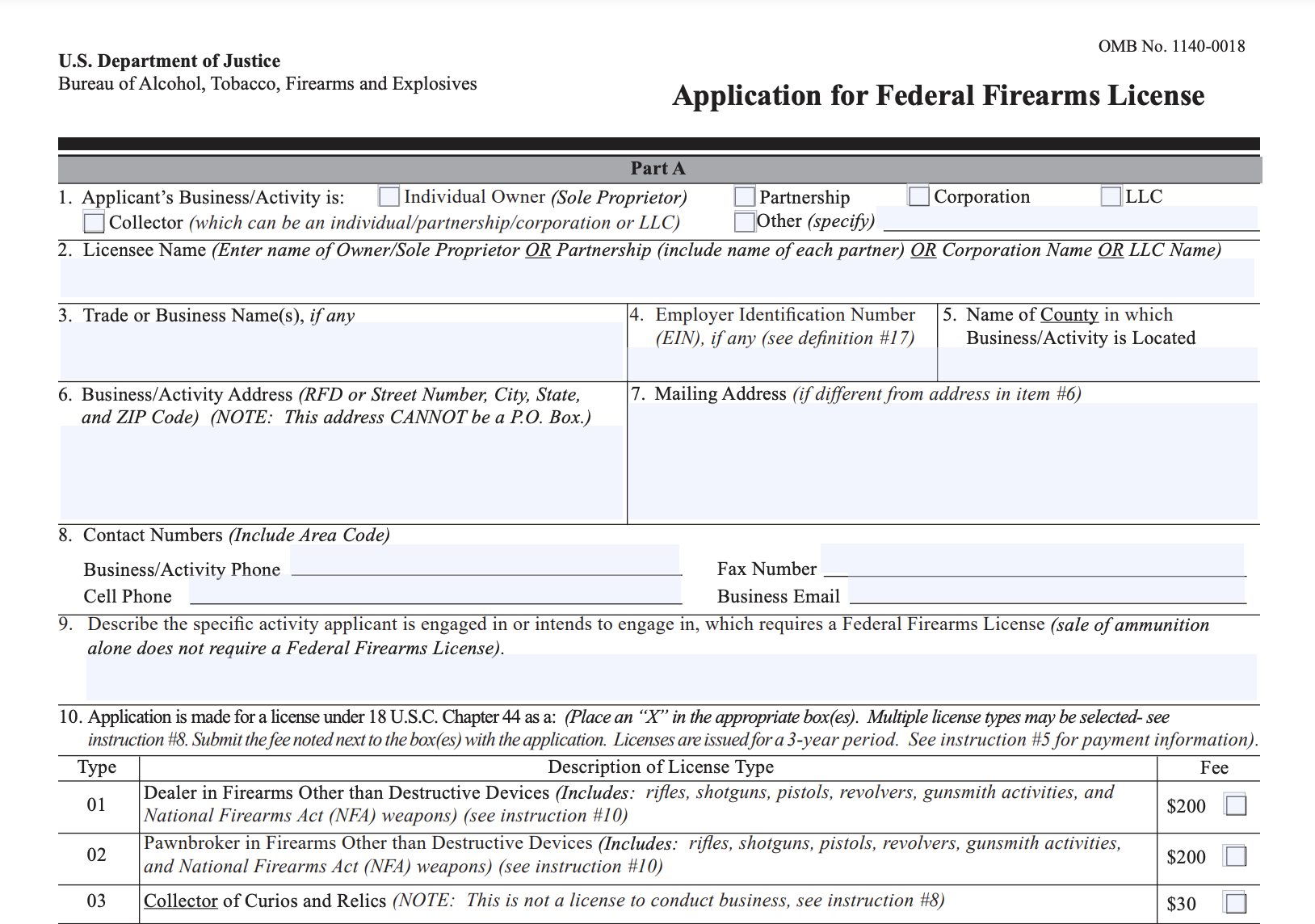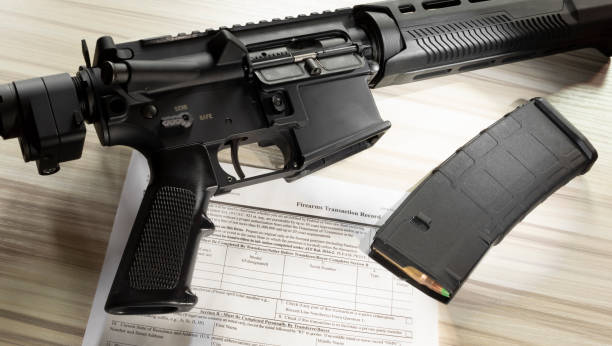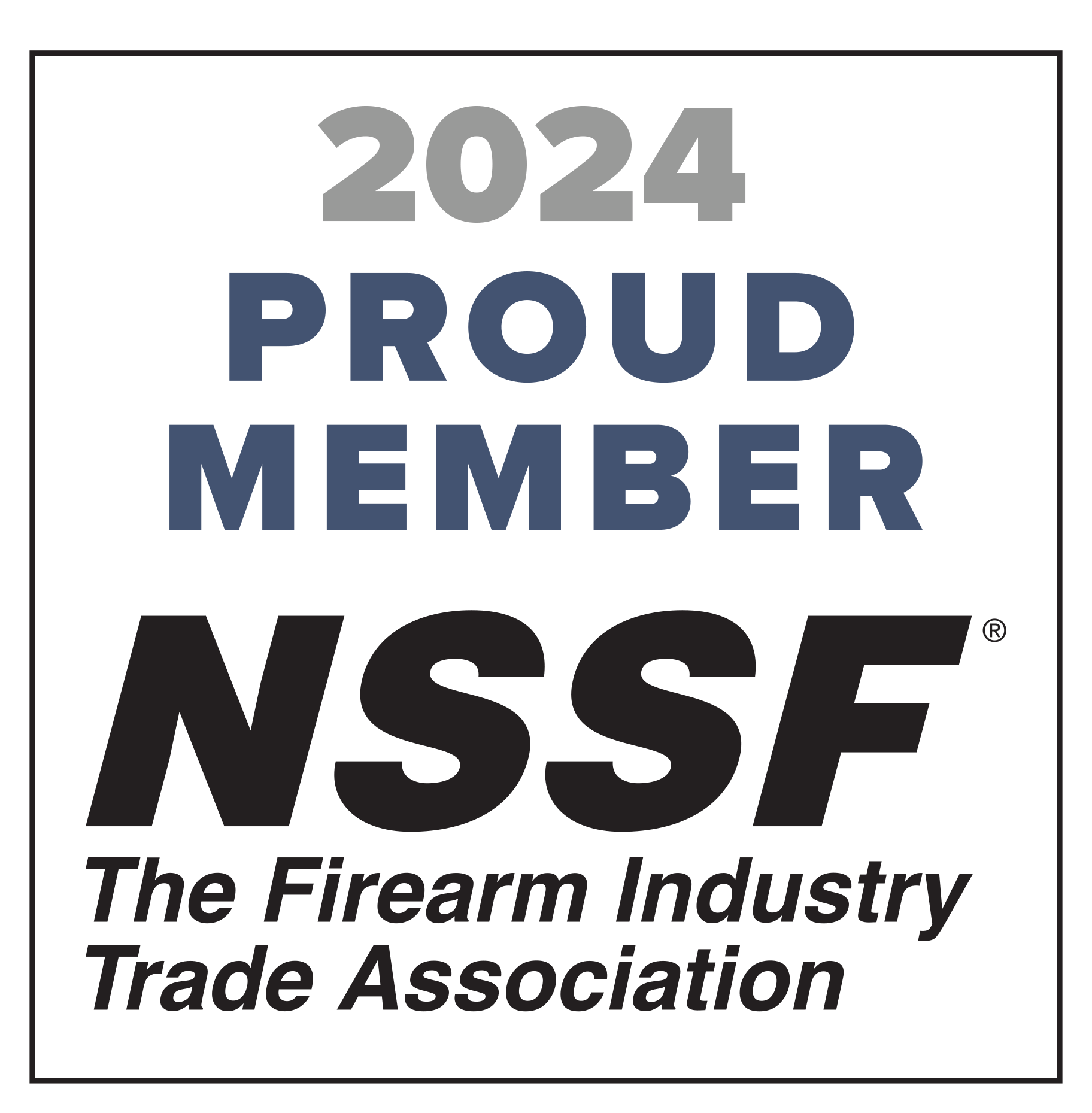ATF Form 5 is a critical document when it comes to navigating the intricacies of firearms compliance and tax-exempt transfers in the United States. In order to ensure a smooth and legal transfer of certain firearms, it’s essential to have a clear understanding of ATF Form 5 and its requirements. Here at FastBound, we’re committed to providing firearms compliance solutions for Federal Firearms Licensees (FFLs) and helping our users navigate the complex landscape of the registration of firearms.
The National Firearms Act (NFA) aims to regulate certain firearms such as machine guns, short-barreled rifles, short-barreled shotguns, and destructive devices. ATF Form 5 serves as a crucial tool for transferring and registering NFA firearms properly. With our expertise and knowledge in the field, we’re here to guide you through everything you need to know about ATF Form 5.
What is ATF Form 5?
ATF Form 5 is a key document required for the proper transfer and registration of NFA firearms. It serves as an official record of the transfer and helps ensure compliance with the National Firearms Act.
ATF Form 5 is required in various situations, including but not limited to exempt transfers and transfers to lawful heirs. Exempt transfers typically involve transferring NFA firearms to legal entities such as government agencies, museums, or other qualified organizations. Transfers to lawful heirs occur when a firearm is passed down to a lawful heir following the death of the original owner. When dealing with ATF Form 5, it’s crucial to adhere to the specific requirements outlined by the Bureau of Alcohol, Tobacco, Firearms, and Explosives (ATF). Each individual applicant transfer may have unique requirements, so it’s essential to thoroughly review the instructions and guidelines to ensure accurate completion of the form.
How to Fill Out ATF Form 5
Completing Form 5 accurately and efficiently is crucial for a smooth transfer and registration process. Let’s explore this guide to ensure you navigate ATF Form 5 with confidence.
Step 1: Gather Necessary Documentation
Before starting the ATF Form 5, it’s essential to gather all the required information and documentation. This includes details such as the transferee’s name, mailing address, and telephone number. You’ll also need additional information such as the serial number of the NFA firearm involved in the transfer, as well as any supporting documentation, depending on the type of transfer.
Step 2: Provide Accurate Information
Once you have all the necessary information, it’s time to fill out ATF Form 5. Each section of the form requires specific details, and it’s important to provide the correct information to avoid delays or potential compliance issues.
In this step, you’ll provide information such as the type of transfer (exempt transfer or transfer to a lawful heir), details about the NFA firearm being transferred, and information about both the transferor and the transferee. Pay close attention to ensure that all information is entered correctly, as any errors may result in complications or delays in the transfer process.
Step 3: Submit the ATF Form 5
After completing ATF Form 5, submit the form to the appropriate authority. Following the instructions provided by the ATF, you can mail the form to the designated address. On the other hand, eForms are offered on the official government website where you can complete the ATF Form in a PDF format. This method is more efficient and creates a smoother experience for the user.
Important Considerations and FAQ’s
As you navigate the ATF Form 5 process, it’s important to be aware of certain considerations and address common questions that may arise.
Are fingerprint cards required for ATF Form 5?
Fingerprint cards are generally not required for ATF Form 5, unless specifically requested by the ATF for certain types of transfers, such as those involving a NFA gun trust or transfers to individuals residing in certain states. It’s essential to review the instructions and requirements for your specific transfer to determine if fingerprint cards are needed.
How long does it take to process an ATF Form 5?
The processing time for ATF Form 5 can vary depending on several factors, including the complexity of the transfer and the workload of the ATF. While there is no specific timeframe provided by the ATF, it’s advisable to allow for several months to process the form. It’s important to remain patient during the ATF’s review and approval process.
What is the role of the Chief Law Enforcement Officer (CLEO) in the process?
For certain types of transfers, ATF Form 5 requires certification from the CLEO of the jurisdiction where the transferee is located. The CLEO is responsible for verifying that the transfer complies with local laws and regulations. It’s recommended to establish a good working relationship with the CLEO in your area to ensure a smooth process.
Form 5 Wait Times
The anticipation after submitting ATF Form 5 can be nerve-wracking. Though transfers to government agencies or those involving unserviceable firearms are relatively faster, Form 5 wait times can fluctuate based on several variables: the specific type of NFA firearm, the volume of applications, accuracy of information, background checks on responsible persons, and the current ATF workload. Awareness of these factors and a proactive approach can help reduce wait times. Ensuring that the form is accurately filled, regularly checking for updates, and being prompt in addressing any ATF queries can make the process smoother.
While ATF Form 5 wait times are variable and sometimes lengthy, understanding the influencing factors and maintaining open communication with the ATF can make the waiting period more manageable and less stressful.
